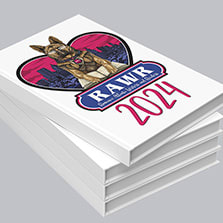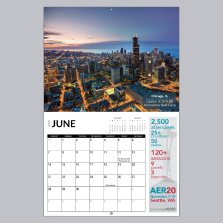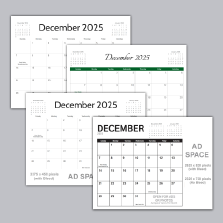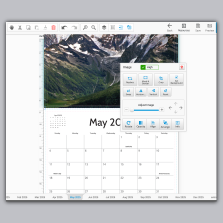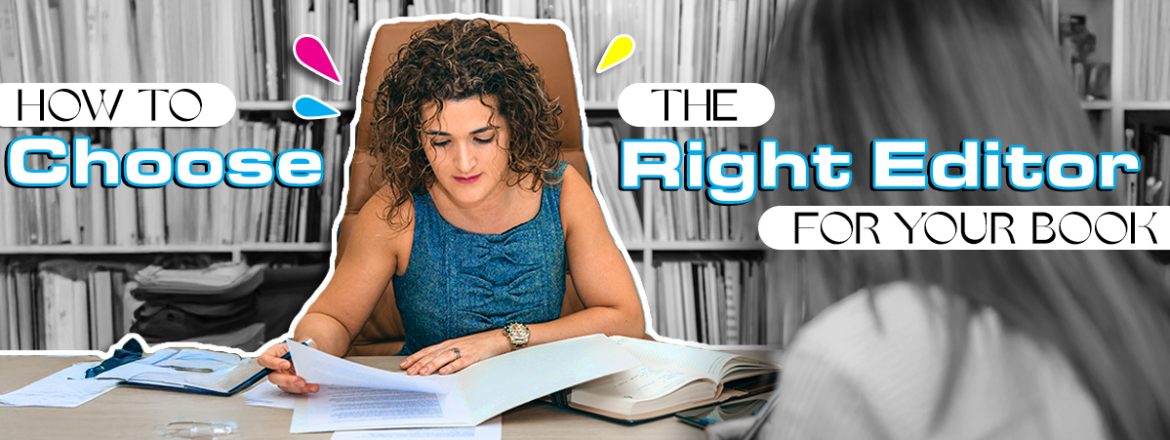
How to Choose the Right Editor for Your Book: Key Factors and Resources
Choosing the right editor for your book is a crucial step in the publishing process that can significantly affect the quality and success of your final product. Whether you’re a first-time author or a seasoned writer, finding an editor who aligns with your vision and understands your genre can make all the difference. This blog post will explore essential factors to consider when selecting an editor and provide resources on where to find the best match for your project.
1. Understand the Different Types of Editing: Before you start your search, it’s essential to understand the different types of editing available:
- Developmental Editing: Focuses on the book’s structure, content, and overall flow.
- Copy Editing: Ensures accuracy in grammar, punctuation, and syntax and checks for consistency in style.
- Proofreading: The final stage focuses on catching minor errors and typos before the book goes to print.
Knowing what type of editing you need will help you narrow your search for the right professional.
2. Look for Genre Expertise: Editors specialize in different genres, and choosing someone familiar with your nuances is crucial. A romance novel, for instance, requires sensibilities different from those of a technical manual or a fantasy epic. An editor experienced in your genre will provide more insightful feedback and understand your audience’s expectations.
3. Assess Experience and Credentials: Experience can significantly indicate an editor’s ability to polish and enhance your work. Look for editors who have worked on books similar to yours and check their references or testimonials. Credentials such as certifications from reputable editing associations can also be a plus.
4. Consider Compatibility: Your editor will be a close collaborator, so it’s essential that you feel comfortable with their communication and feedback style. Consider having a preliminary discussion or a trial edit to gauge how well you can work together.
5. Evaluate Their Portfolio and Testimonials: Most professional editors will have portfolios and testimonials on their websites or professional platforms. These can give you insight into their editing style and the satisfaction of their previous clients. Don’t hesitate to ask for a sample edit to see how they handle your work.
6. Discuss Budget and Timelines: Editing costs can vary widely based on the type of editing, the editor’s experience, and the length of your manuscript. Discuss these details upfront to find an editor who fits your budget while still providing quality service. Also, make sure their availability aligns with your timeline.
7. Where to Find Editors:
- Freelance platforms like Upwork or Freelancer.
- Professional associations such as the Editorial Freelancers Association (EFA) or the American Society of Journalists and Authors (ASJA) offer directories of vetted professionals.
- Social media groups and online forums where writers and editors connect.
- Recommendations from fellow authors can also be invaluable.
8. Leverage AI Editing Tools: Besides traditional human editors, AI-powered tools and software can also play a valuable role in editing. Here’s how they can help:
- Initial Proofreading: Tools like Grammarly and ProWritingAid can catch many common grammatical errors and typos before sending your manuscript to a human editor. This can make the human editor’s job easier and potentially reduce the cost of editing.
- Consistency Checks: AI tools can scan your entire manuscript for consistency in style, terminology, and even narrative details, beneficial for long or complex texts.
- Style and Tone Guidance: Some advanced tools offer feedback on style and tone, making suggestions based on your target audience to improve readability and engagement.
However, while AI tools are helpful for basic proofreading and stylistic suggestions, they cannot fully replace a skilled human editor’s nuanced understanding and creative input. These tools should be used with human editing, not as a replacement. Here’s how to integrate them into your editing process:
- Pre-Edit with AI: Use AI tools to clean up apparent errors and improve overall readability before passing the manuscript to a human editor. This allows your editor to focus on more substantive aspects like plot development, character arcs, and thematic depth.
- Compare Feedback: After receiving edits from a human editor, use an AI tool to double-check the manuscript. Sometimes, AI can catch errors that humans miss, and vice versa.
- Continuous Learning: Both you and your editor can learn from the corrections and suggestions made by AI tools, which can help improve your writing skills over time.
Conclusion: With the rise of AI and advanced software, writers have more tools than ever before. By combining the strengths of both human expertise and technological assistance, you can achieve a polished, professional manuscript ready for publication.
This added section complements the existing content by acknowledging the role of technology in the modern editing process. It provides a balanced view of how AI tools can assist in preparing a manuscript for publication while emphasizing the irreplaceable value of a human editor.
Have book that you need printed?
Need to print your masterpiece? PrintingCenterUSA has you covered with high-quality, affordable printing for books, magazines, and more. Head over to our website for a free quote or free templates and bring your words to life!
















